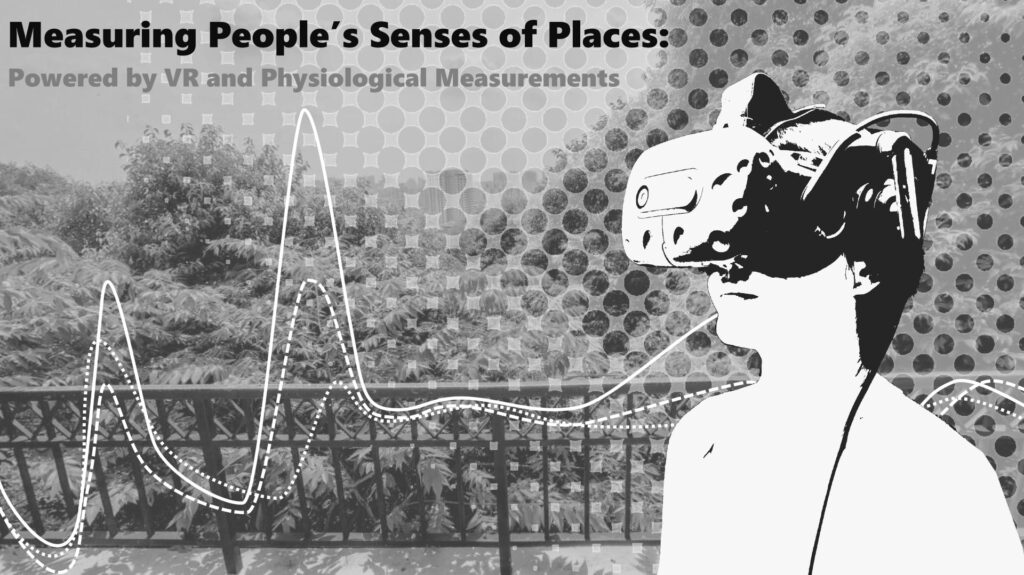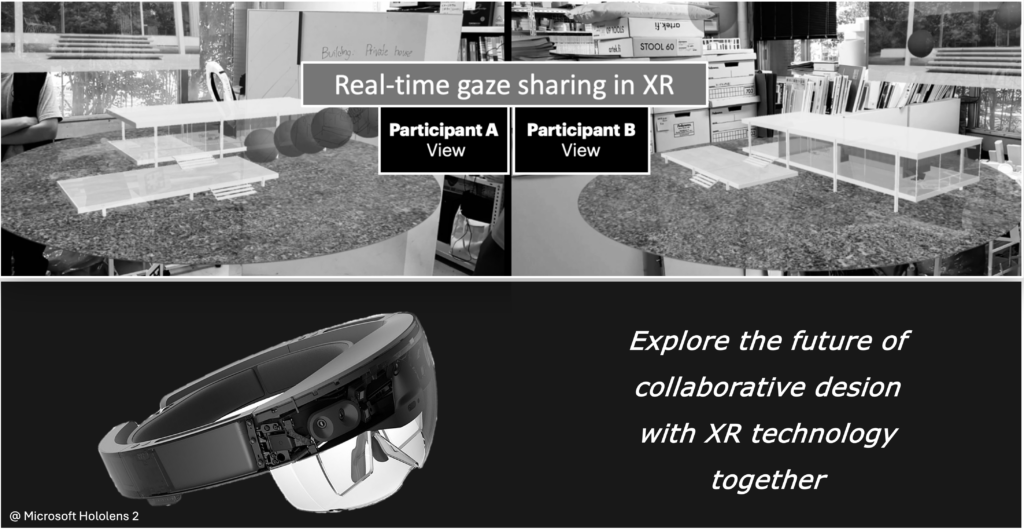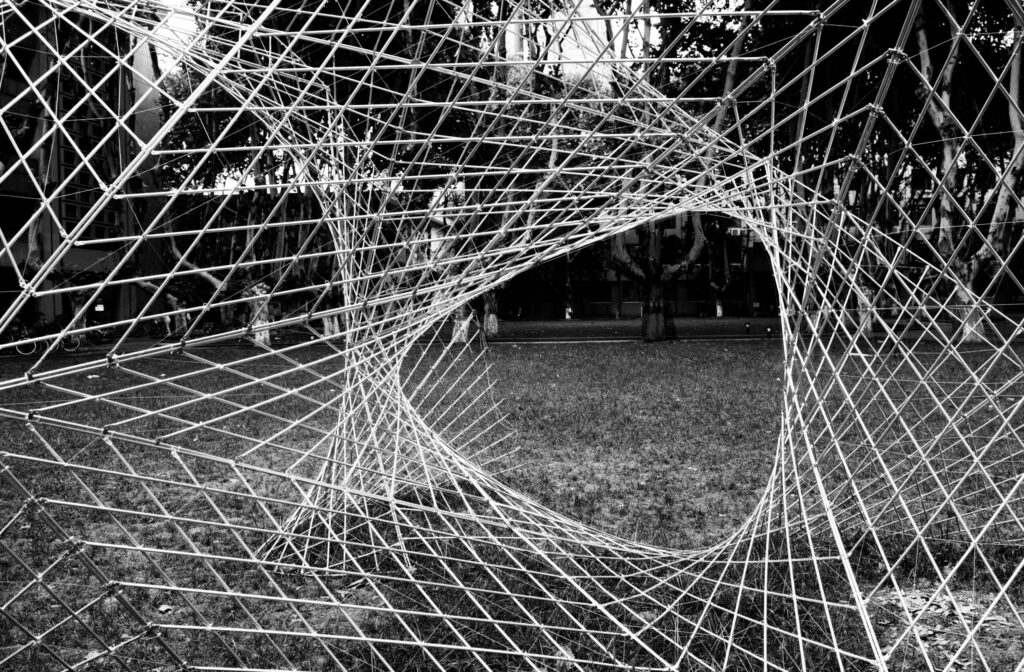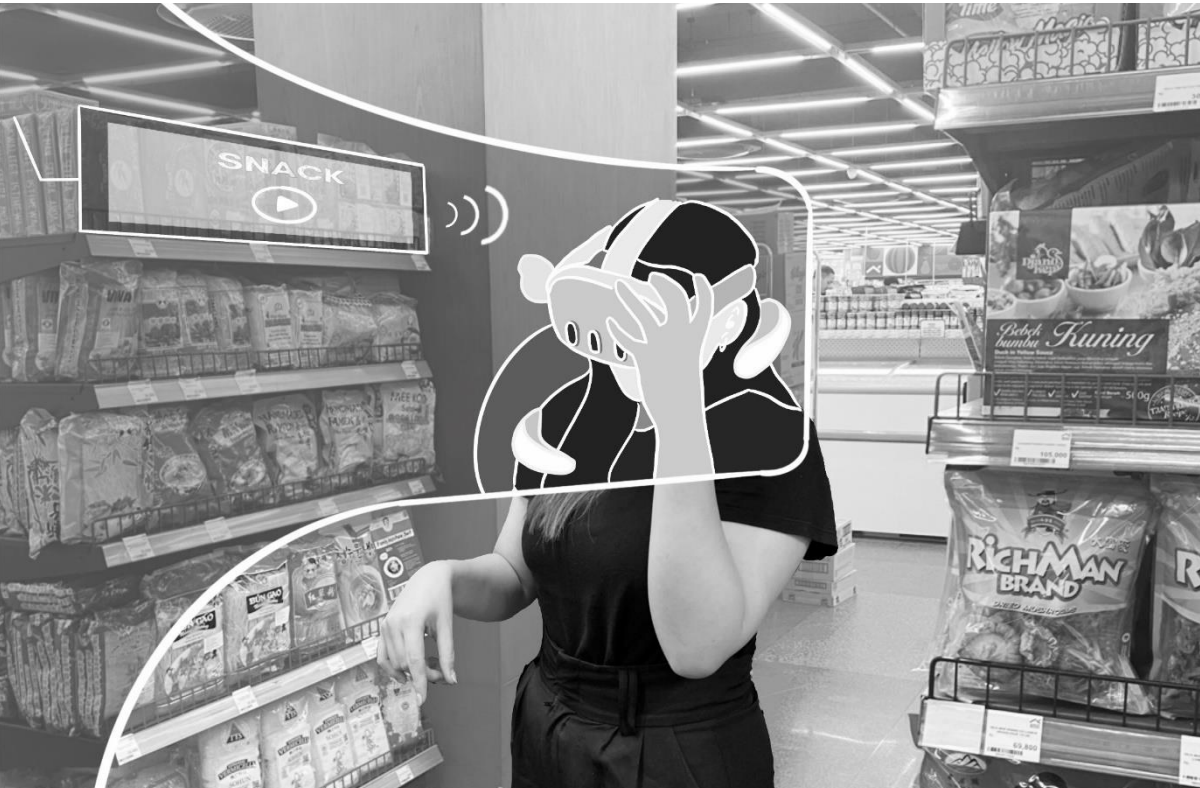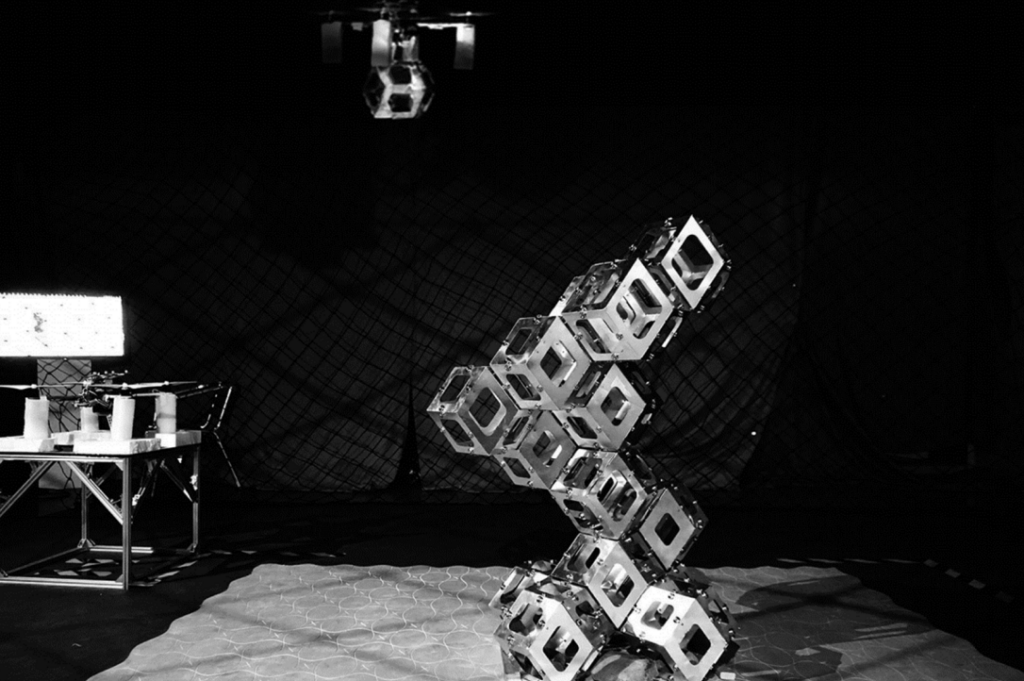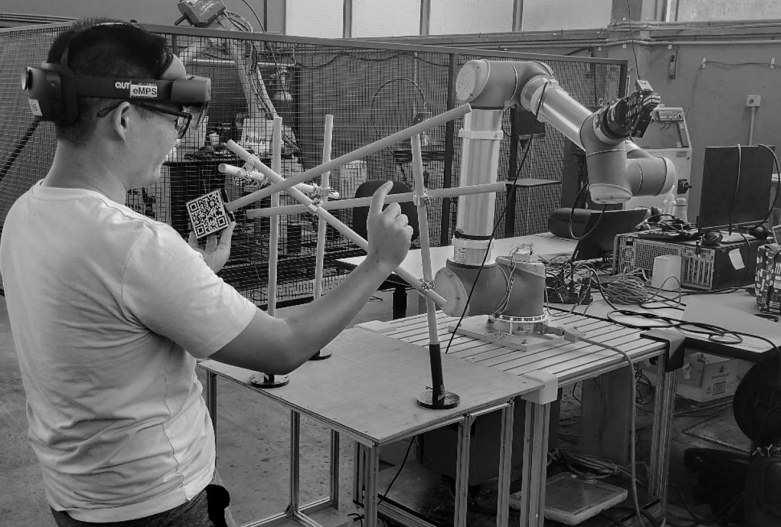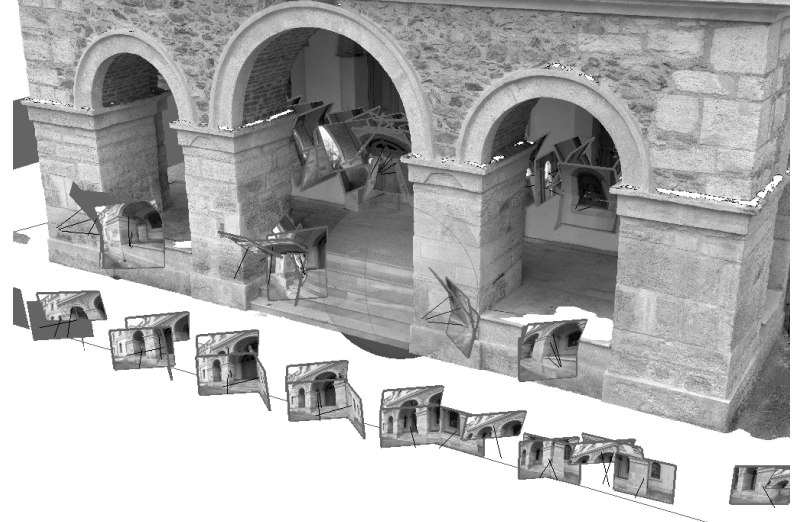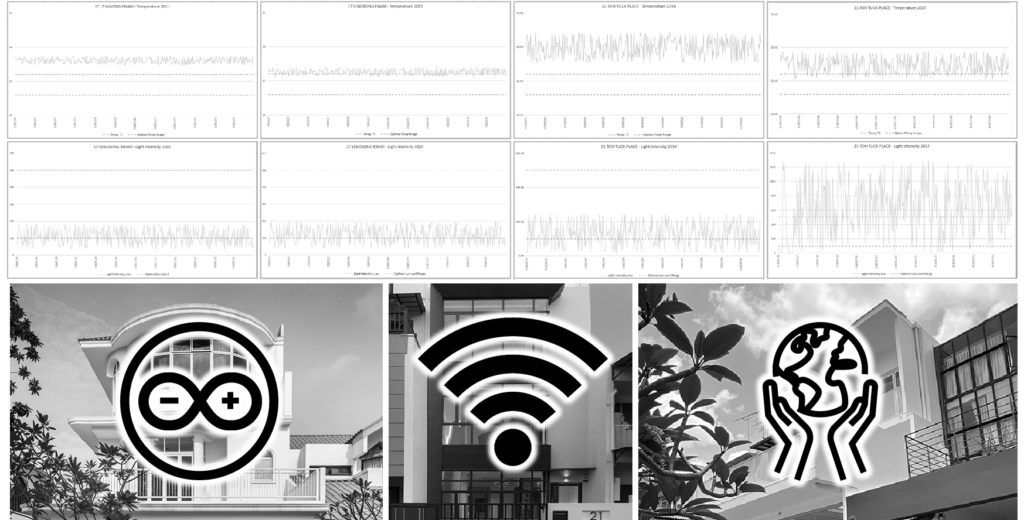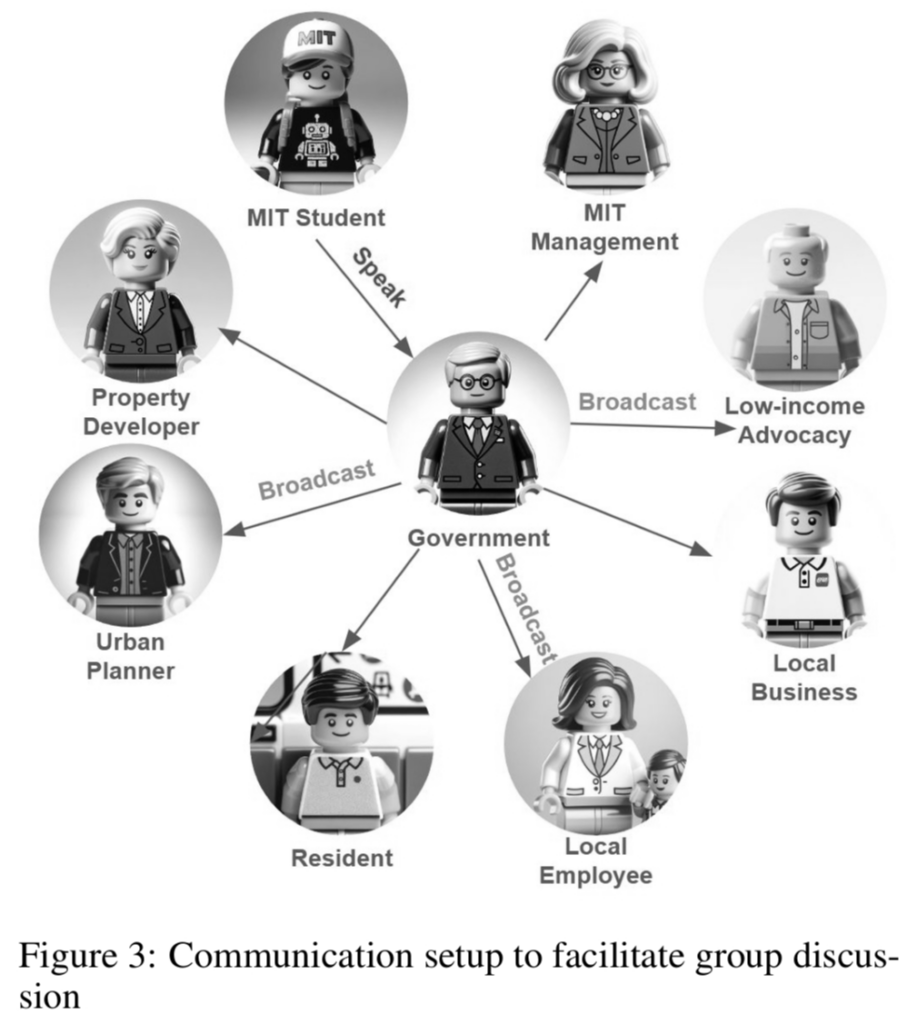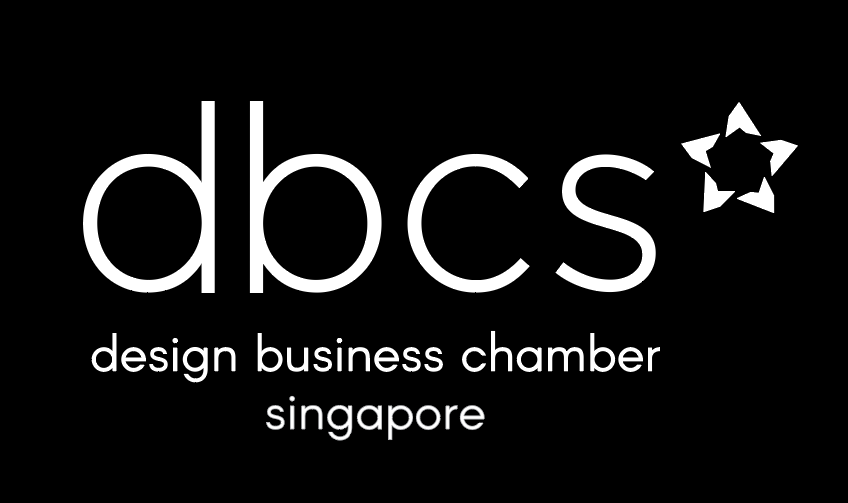Workshops for CAADRIA are specially curated by the CAADRIA committee.
As part of the conference, CAADRIA is offering a series of exciting workshops around a range of cutting-edge topics which explore different tools, methodologies, and workflow led by expert instructors from around the world. The workshops are designed for students, researchers, and young professionals interested in extending their knowledge and skills in the field of computational techniques in architecture and urbanism. The workshops will be taught at SUTD will be featured in the conference, exhibition, and publications.
